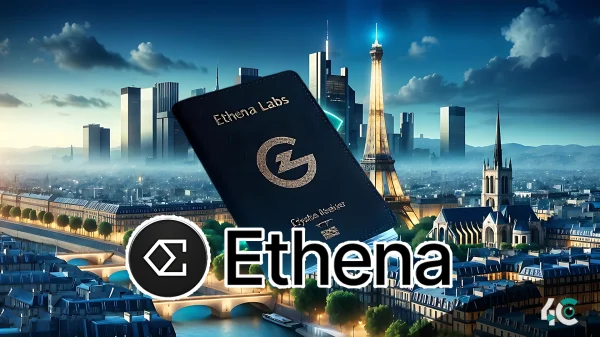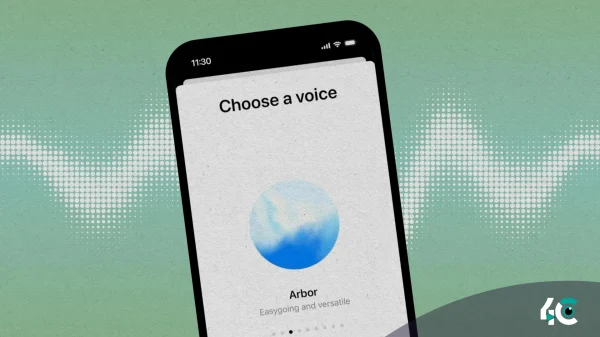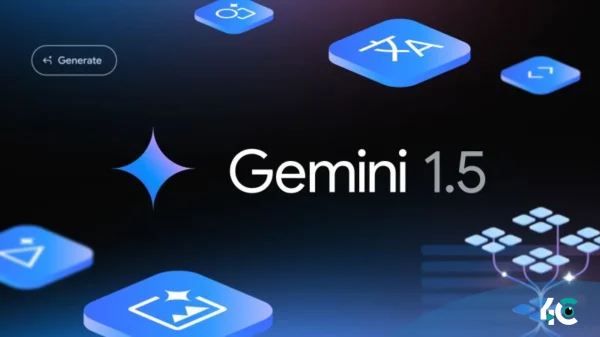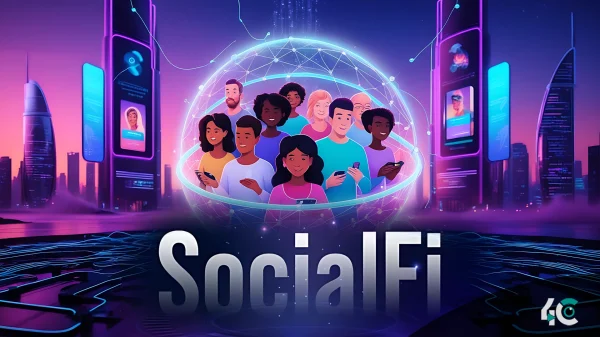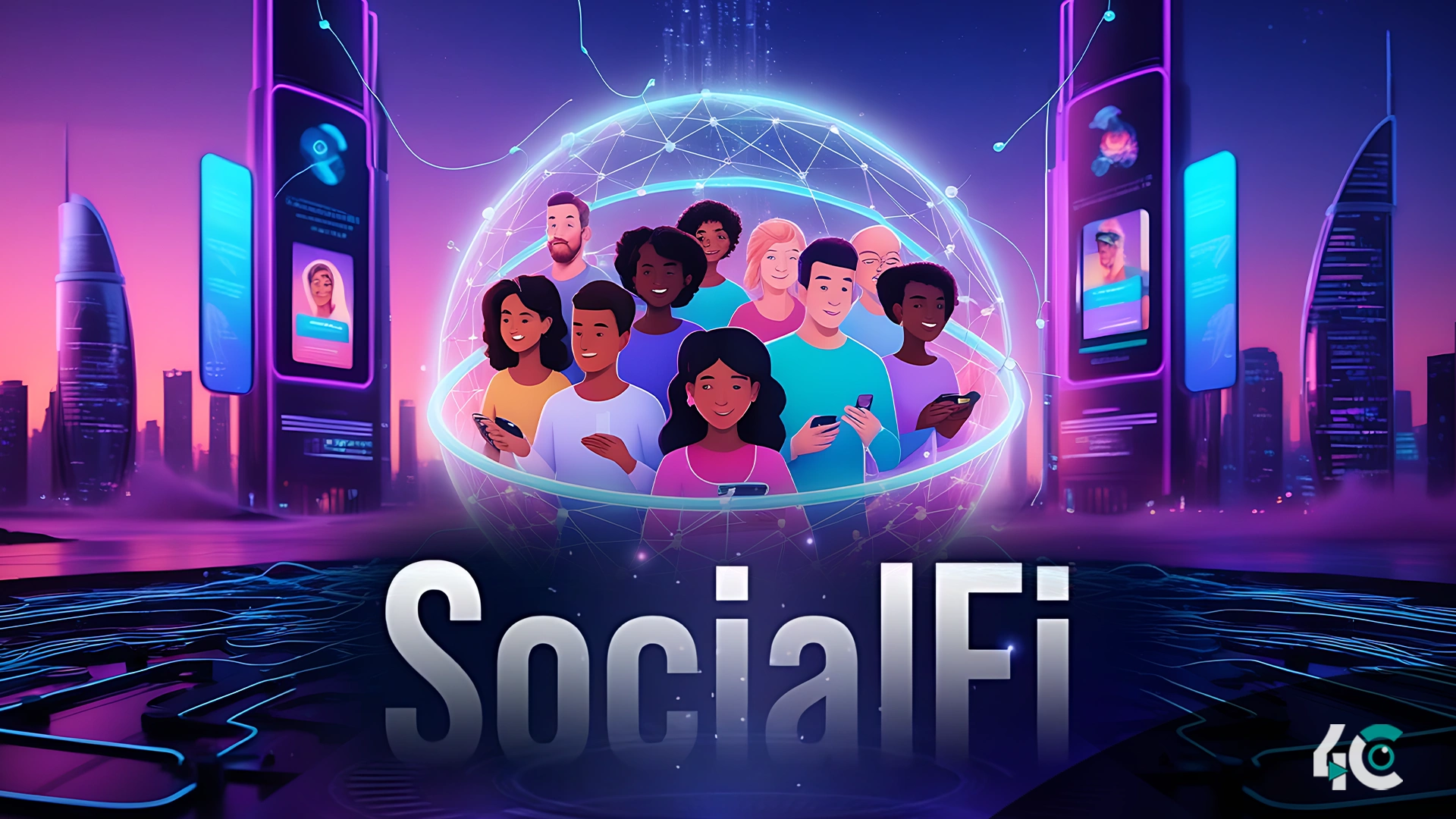SocialFi decentralized social media is emerging as a game-changer in the digital world. By combining blockchain technology with social networking, it offers users greater control over content, privacy, and monetization. Can this shift redefine the internet as we know it?
What Is SocialFi?
At its core, SocialFi refers to decentralized social media platforms powered by blockchain technology. Unlike traditional platforms controlled by centralized corporations, SocialFi empowers users to own their data, earn rewards for contributing content, and participate in governance decisions. These platforms often integrate cryptocurrency and token economies, enabling creators to monetize their work directly without relying on ads or intermediaries.
For example, instead of earning meager payouts through ad revenue, creators could receive tokens based on engagement metrics or tips from followers. These tokens might even gain value over time, creating entirely new economic opportunities for participants.
Why SocialFi Matters
The rise of SocialFi comes at a pivotal moment. Traditional social media faces mounting criticism for issues such as
Data Exploitation: Platforms harvest vast amounts of personal data, often without users’ informed consent.
Censorship Concerns: Centralized control allows companies to dictate what content stays up or gets removed, sometimes arbitrarily.
Monetization Inequality: Creators struggle to earn fair compensation while platforms profit heavily from advertising.
SocialFi addresses these challenges by flipping the script. Instead of corporations owning the platform and profiting off users’ efforts, individuals take center stage. This aligns with the broader Web3 movement, which envisions an internet owned and operated by its users.
How SocialFi Works
SocialFi platforms operate differently from traditional social networks in several key ways:
User Ownership: Users hold tokens representing ownership stakes in the platform, giving them voting rights on critical decisions, such as feature updates or moderation policies.
Content Monetization: Creators earn tokens based on engagement metrics, tips from followers, or subscription models. This system eliminates middlemen, ensuring creators receive a larger share of the profits.
Interoperability: Built on blockchain technology, SocialFi platforms can seamlessly integrate with other decentralized applications (dApps). For instance, you might use your profile across multiple services or transfer assets between ecosystems.
Transparency: Smart contracts govern transactions and interactions, making processes auditable and reducing the risk of manipulation.
Real-World Examples
Several projects are already leading the charge in the SocialFi space:
Lens Protocol: A decentralized social graph built on Polygon, Lens allows users to own their profiles and posts as non-fungible tokens (NFTs). It also enables developers to build apps on top of its infrastructure, fostering innovation.
Mastodon + Blockchain Hybrids: Some initiatives combine Mastodon-like federated systems with blockchain features, offering privacy-focused alternatives to mainstream platforms.
BitClout (Now DeSo): This controversial project lets users invest in “creator coins” tied to public figures. While divisive, it highlights the potential for gamified social interaction powered by crypto.
Each of these examples demonstrates different approaches to solving the problems of centralized social media, though challenges remain in scaling and adoption.
Challenges Ahead
Despite its promise, SocialFi faces significant hurdles before it can achieve mainstream success:
Scalability: Blockchain networks must handle millions—or even billions—of daily interactions efficiently. Current limitations in speed and cost make this difficult.
Usability: Many decentralized platforms require technical knowledge to navigate, alienating less tech-savvy users.
Regulation: Governments worldwide are still figuring out how to regulate cryptocurrencies and decentralized technologies. Overly restrictive rules could stifle innovation.
Network Effects: Established platforms benefit from massive user bases, making it hard for newcomers to compete. Convincing people to switch requires compelling incentives.
Conclusion
While SocialFi holds immense potential, predicting whether it will fully replace traditional social media is premature. However, it doesn’t need to completely overthrow existing platforms to succeed. Even capturing a fraction of the market could introduce healthier dynamics into the digital ecosystem—greater transparency, more equitable economics, and increased user autonomy.
For now, SocialFi represents a bold experiment in reimagining the internet. As blockchain technology matures and awareness grows, decentralized social media could become a viable alternative for those disillusioned with the current state of online interaction. Whether it sparks a revolution or simply coexists alongside legacy platforms, one thing is clear: the fight for a better, fairer internet has begun—and SocialFi is leading the way.







